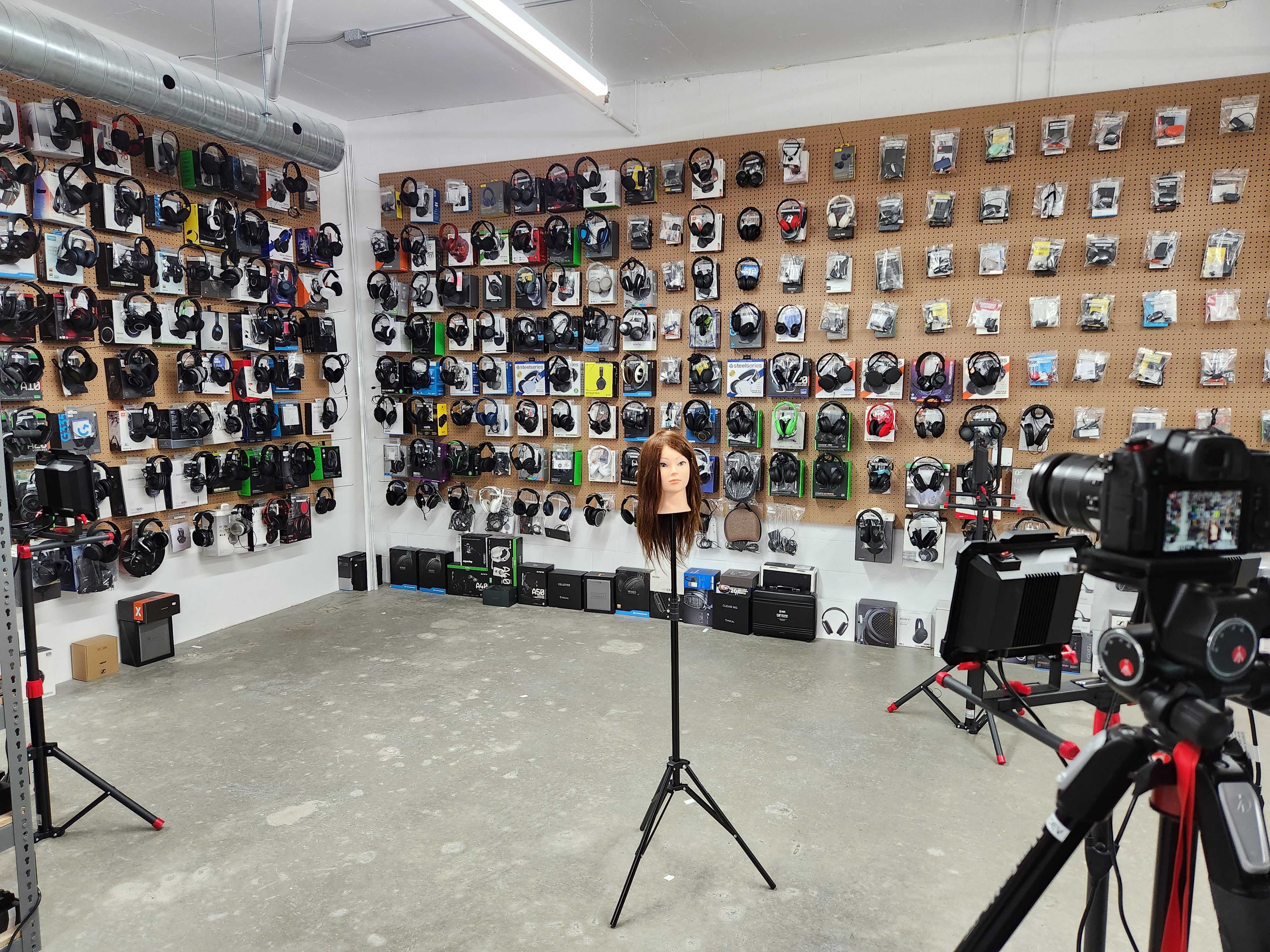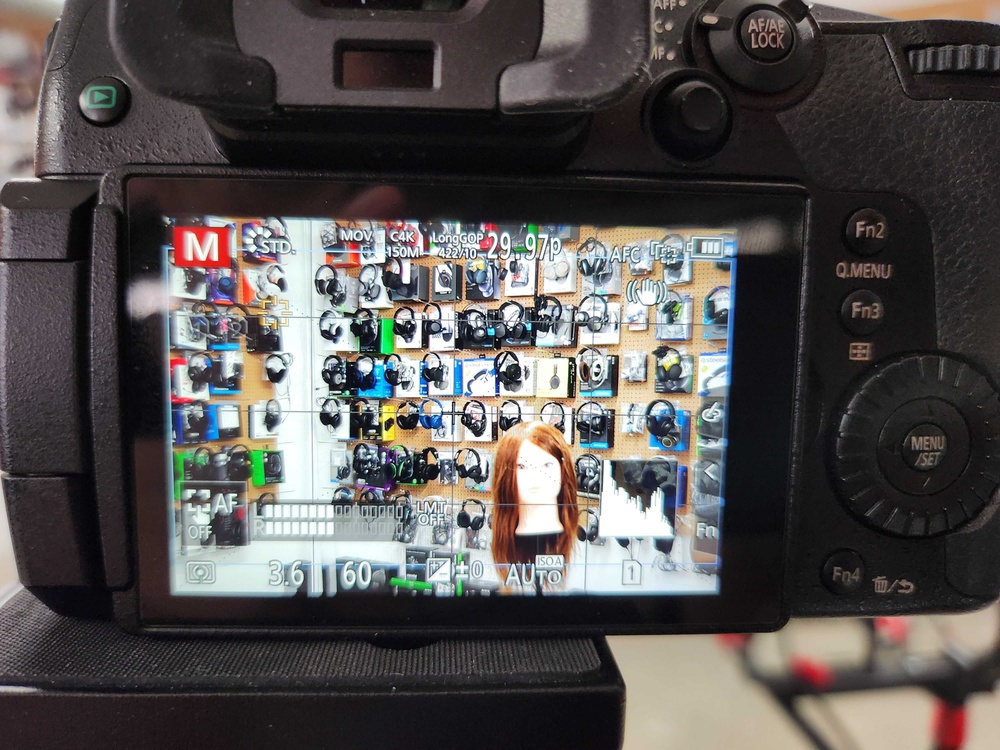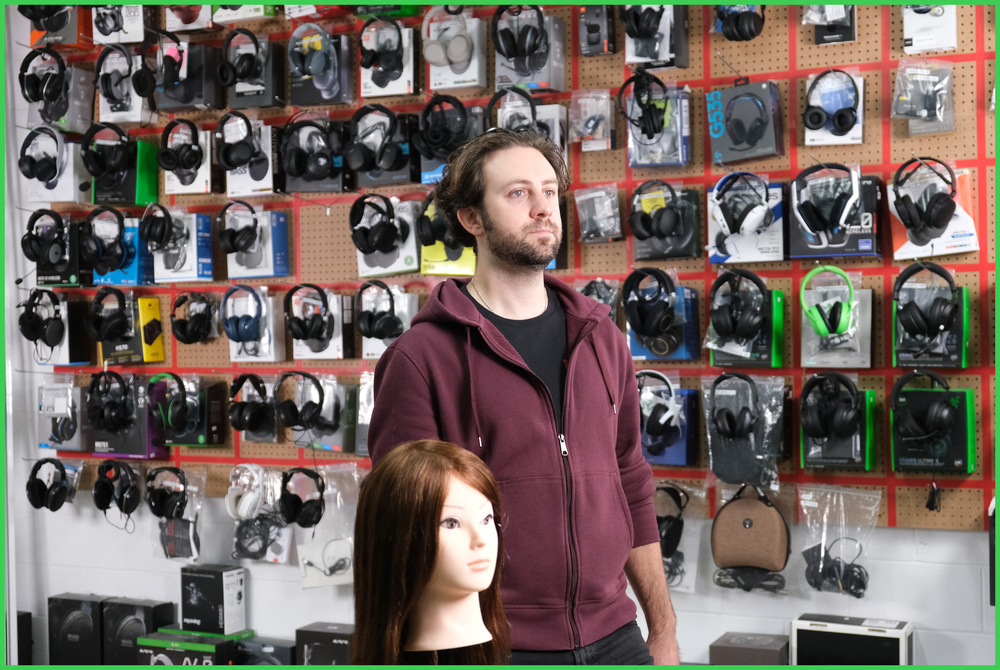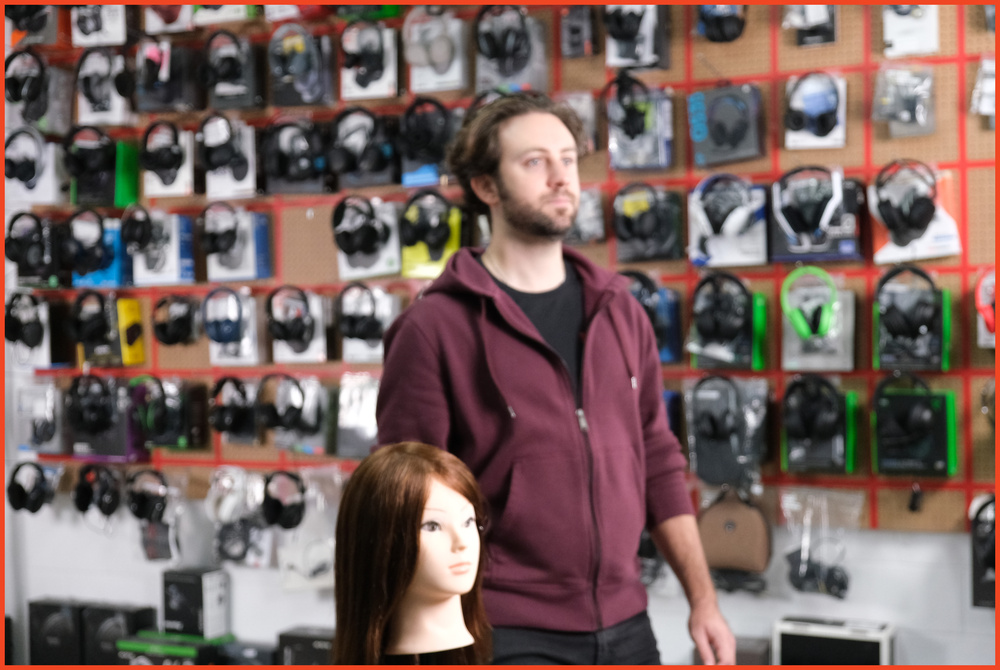Our photo AF-C tests aim to gauge how accurately a camera's continuous autofocus system can track a moving subject in a busy environment. We test both the camera's automatic subject tracking feature, if it has one, and how well the autofocus works when manually following the subject using a single center focus point.
Test results
When It Matters
In photography, continuous autofocus is crucial when you want to continuously maintain focus on a moving subject. This is especially important for capturing faster subjects like sports or birds and other wildlife but can also make a difference in everyday or casual photography—for example, when trying to capture clear images of your dog running around the yard or your children playing.
Camera autofocus systems have improved drastically over the last several years. For instance, newer cameras, like the Sony α6700, now implement AI processing units that use deep learning to improve automatic subject detection and tracking. And we've seen major improvements in tracking performance from even one generation to the next—just look at how well the Fujifilm X-T5 performs compared to its predecessor, the Fujifilm X-T4:
While these developments in camera tech are impressive and exciting, it's also worth noting that our testing setup is an extreme scenario designed to stress-test the camera. In most situations, most photographers won't need such sophisticated autofocus systems, though they make it easier to guarantee you'll get a usable shot. However, it depends on what subjects you're shooting and how. In landscape photography, for instance, you don't even need autofocus, while portrait photography typically relies more on single autofocus (AF-S). So, even if a camera scores poorly in our AF-C tracking test, it doesn't necessarily mean it won't meet your needs.
Sometimes, you may prefer to use a single focus point and follow a subject yourself rather than relying on the camera's tracking feature. Some older, simpler cameras, like the Canon EOS Rebel T7, don't even support continuous AF tracking. That's where our AF-C Center Point test comes in. This test is most relevant for scenarios in which you can keep the focus point on your subject, i.e., when your subject is moving more predictably.
Our Tests
Testing Procedure
We test both tracking and center point autofocus in the headphone storage area of our lab, using a mannequin head (we call her Stephanie) on a tripod to add more difficulty to the scene. To get uniform lighting for the scene, we use three 100W continuous LED lights set to a 5000K color temperature.


For the Photo AF-C Tracking test, we set up the camera on a tripod and frame the scene so that the edge of the headphone wall lines up with the left vertical grid line on the camera's monitor.
In addition to the equipment you see above, we also require a volunteer from the testing team to act as our subject for the test. For consistency, every volunteer must wear a dark red hoodie for the duration of the test. We adjust the height of the decoy head to the shoulder height of our trusty volunteer tester for the Tracking test or chest height for the Center Point test, and we're good to go!
The AF-C Tracking and AF-C Center Point tests follow a similar methodology. The key difference is that the tracking test is performed on a tripod, with the camera's AF tracking feature enabled, to test the effectiveness of a camera's automatic subject tracking algorithms.
The Center Point test, on the other hand, is performed handheld, with the camera tester manually "tracking" the volunteer using a single center focus point. The volunteer subject doesn't jump in the center point test, as keeping the subject under the focus point while jumping is significantly harder. We chose to test it this way to eliminate the variable of human error as much as possible so we can better evaluate the camera's ability to adjust for a subject's distance in a busy setting.
Camera Settings
In both tests, we set the camera's continuous shooting speed (or burst rate) to as close to 7 fps as possible. Some cameras can shoot faster than this, while others can't, but we aim for around 7 fps because most modern cameras can reach that speed, and it provides us with enough frames to evaluate a camera's AF-C performance. If needed, we'll perform an extra run with cameras that shoot slower to have a larger database of frames to work with.
We set the shutter speed to 1/500s to ensure no motion blur in the photos and set the ISO to auto. Rather than using a fixed aperture, we aim to shoot with a depth of field (DOF) of 30cm in front of the subject and 40cm behind at a distance of 2.5m. That means that the particular aperture can vary depending on the camera's sensor size and the lens' focal length.
We try to choose a lens for each camera's particular mount that allows us to shoot at a full-frame equivalent focal length between 45 and 55mm and that has a fast enough focusing motor to not impact the results too much.
Finally, we also check any additional settings a camera may have, like tracking sensitivity, and, if needed, adjust these to better suit our scenario and ensure we get the best possible results.
Photo AF-C Tracking
- 75.0%Perfect Focus Hit Rate
- 25.0%Usable Focus Hit Rate
With the camera in continuous autofocus mode (typically abbreviated to AF-C, but some brands, like Canon, have their own terminology, e.g., 'AI Servo'), we enable automatic subject tracking and ensure that the camera has picked up our volunteer subject's face. The volunteer runs from a marked point on the floor and then jumps as high as possible at another marked point, landing so that their face falls near Stephanie's face in the frame. The tester behind the camera shoots continuously while the subject runs. We repeat this sequence a total of six times.
Each frame is analyzed and determined to be either perfectly in focus (green), soft but still usable (yellow), or out of focus (red). We add a color-coded border to indicate which it is and provide all the frames from every run as a slideshow on the review.
You can see an example of each category of frame from the Sony α7 III below:
To get the Perfect Focus Hit Rate, we simply calculate which percentage of all frames are green, or perfectly in focus. We calculate the percentage of green and yellow frames to get the Usable Focus Hit Rate.
Photo AF-C Center Point
- 75.0%Perfect Focus Hit Rate
- 25.0%Usable Focus Hit Rate
The Center Point test is very similar to the Tracking test, except that the camera tester now shoots the camera handheld. Tracking is disabled, and the camera is set to AF-C with a single focus point in the center of the frame. The camera tester attempts to keep the focus point squared on the subject's chest for the duration of the test. Instead of running and jumping, the subject is only required to walk briskly from one point to another.
Like with the Tracking test, we calculate both a Perfect Focus Hit Rate and a Usable Focus Hit Rate.
Most camera and lens combinations have no issue maintaining focus in such a scenario. The Canon EOS R7, for example, has a Perfect Focus Hit Rate of 98% and a Usable Focus Hit Rate of 100% when using the center point. Other cameras are less consistent. The Fujifilm X-S20, by comparison, has a Perfect Focus Hit Rate of 65% and a Usable Focus Hit Rate of 77%. Where the Canon easily maintains focus on the subject throughout the walk, the Fujifilm sometimes gets thrown off, and the focus jumps to the background or foreground.
How To Get The Best Results
Autofocus has come a long way in just a short time. Tracking algorithms are getting better by the generation, with manufacturers like Sony, Canon, and OM SYSTEM implementing deep learning AI algorithms into their subject detection and tracking systems. With some of these newer cameras, you can largely just set it and forget it without worrying if you got the shot. But that doesn't mean that technique and settings don't matter, especially if you're using an older model or simply want more control over the camera's focus. It's best to play around with your camera's autofocus settings to determine what works best for you and your photography type. Lighting conditions and the type of lens you use will also have an impact.
Feedback
Do you have any questions or suggestions concerning our methodology? Are you interested in specific details about our setup, process, or the philosophy behind our tests? We'd love to hear from you in the comments. You can also email us at feedback@rtings.com.

